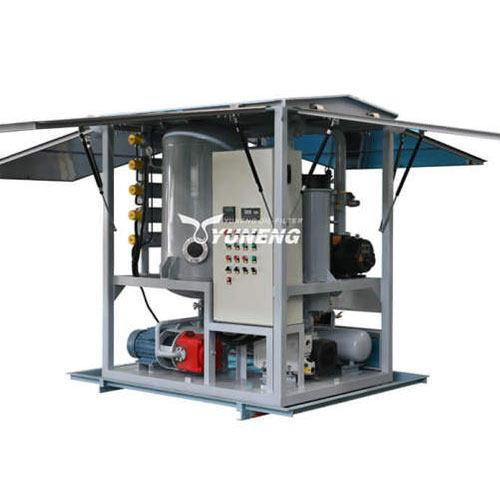The world's demand for electricity is constantly on the rise. To meet this growing need, the power grid is undergoing a significant transformation. Renewable energy sources like wind and solar are playing a larger role, alongside traditional methods like coal and natural gas. However, this evolving mix of power generation presents new challenges to grid stability and efficiency. Here's where filtration technology steps in, playing a crucial role in keeping the power grid healthy and efficient.
The Evolving Power Grid and its Filtration Needs:
Renewable Energy Integration: Wind and solar power generation can be variable and intermittent. Filtration plays a critical role in maintaining clean fluids within wind turbines and solar inverters, maximizing their efficiency and lifespan. For example, filtering lubricating oil in wind turbines protects gears and bearings from wear, while filtering coolants in solar inverters prevents corrosion and overheating.
Aging Infrastructure: A significant portion of the existing power grid infrastructure is aging. Filtration helps extend the life of transformers, circuit breakers, and other critical equipment by removing contaminants like dirt, moisture, and degradation byproducts from insulating oils and coolants. Cleaner fluids translate to reduced wear and tear, improved insulation properties, and overall better performance.
Microgrids and Distributed Generation: The rise of microgrids and distributed generation sources creates a more complex grid environment. Filtration becomes even more crucial in these localized systems to ensure optimal performance and prevent equipment failures that could disrupt power supply.
How Filtration Technology is Keeping Pace:
The filtration industry is constantly evolving to meet the needs of the changing power grid. Here are some key advancements:
High-Efficiency Filtration Media: New filter media with improved dirt-holding capacity and separation efficiency are being developed. This allows for longer filter life and extended service intervals, reducing maintenance costs and downtime.
Advanced Filtration Techniques: Techniques like membrane filtration and centrifugal separation are being increasingly utilized. These technologies offer more targeted removal of specific contaminants, leading to cleaner fluids and improved equipment health.
Online Filtration Systems: These systems continuously filter fluids within operating equipment, removing contaminants as they are generated. This proactive approach minimizes the risk of contaminant buildup and ensures optimal performance.
Smart Filtration Technology: Advancements in sensor technology and data analytics allow for smart filtration systems. These systems monitor fluid health in real-time, enabling predictive maintenance and optimizing filtration schedules, maximizing efficiency and cost savings.
Benefits of Advanced Filtration for the Power Grid:
Improved Grid Reliability: Efficient filtration helps ensure the smooth operation of power grid equipment, minimizing equipment failures and outages.
Enhanced Equipment Lifespan: Cleaner fluids lead to reduced wear and tear, extending the life of transformers, circuit breakers, and other critical assets.
Increased Efficiency: Filtration helps maintain optimal performance of power generation and transmission equipment, leading to improved overall grid efficiency.
Reduced Environmental Impact: Extending equipment lifespan and minimizing fluid leaks translate to a reduced environmental footprint for the power grid.
Conclusion
As the power grid continues to evolve, advanced filtration technology will play a critical role in ensuring its reliability, efficiency, and sustainability. By providing cleaner and healthier fluids for power generation and transmission equipment, filtration is helping to meet the growing demand for electricity while paving the way for a more robust and resilient power grid for the future.
